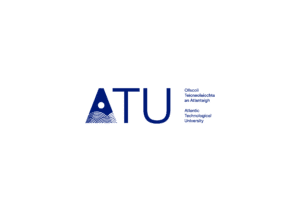Course Description
Introduction to Anti-Money Laundering Regulations
Alison
Learn the strategies and methods involved in preventing money laundering with this free online course. Money laundering is a huge, global phenomenon. The phrase laundering may appear innocuous but it is meant to. Laundering money means to take illegally gained funds, clean them through a legitimate business and then use it as legal tender. This course will teach you how to spot a business build for money laundering and how to identify suspicious activities.
| Course Code | 3294 |
| College Name | Alison |
| Course Category | Business, Business & Finance |
| Course Type | Online Learning |
| Course Qualification | CPD Certificate |
| Course Location | Online Course |
| Delivery mode | |
| Course Fee | Free |
| Course Duration | 1.5-3 hours |
| Entry Requirements | Like all courses on the Alison Free Learning platform this is a free, CPD-accredited course. A Graduate can choose to buy a certificate or diploma upon successful completion of a course, but this is not required or necessary. At Alison we believe that free education, more than anything, has the power to break through boundaries and transform lives. Alison is the world’s largest free online empowerment platform for education and skills training, offering over 5000 CPD accredited courses and a range of impactful career development tools. It is a for-profit social enterprise dedicated to making it possible for anyone, to study anything, anywhere, at any time, for free online, at any subject level. Through our mission, we are a catalyst for positive social change, creating opportunity, prosperity, and equality for everyone. |
| Career Path | In This Free Course, You Will Learn How To • Explain the meaning of money laundering • Identify how criminals use a front business • Recall the three stages of money laundering • Indicate when the five EU directives came into force • Describe the functionality of the Proceeds of Crime Act 2002 • List the core obligations of training • State the various training methods and assessments • Discuss the role of a money laundering reporting officer • Define the meaning of a risk-based approach with a client • Outline the main elements of customer due diligence |




Comments, Questions & Reviews